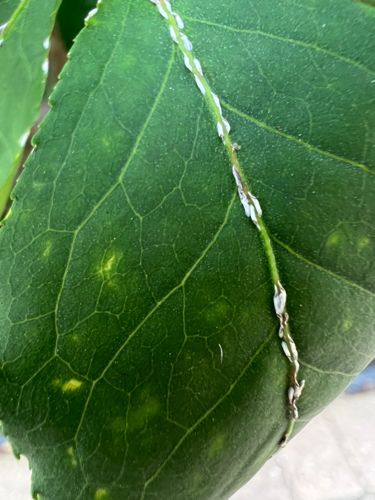Mealybugs
Scientific Name: Various genera and species within Pseudococcidae (e.g., Planococcus spp., Pseudococcus spp.)
Order & Family: Order: Hemiptera, Family: Pseudococcidae
Size: Adult females typically range from 1 to 4 mm (.04 to .16 inches) in length. Males are smaller and winged, but rarely seen.

Natural Habitat
Mealybugs are found in a wide range of habitats, particularly on plants. They are common pests in agricultural settings, greenhouses, nurseries, and on houseplants. They prefer warm, humid environments.
Diet & Feeding
Mealybugs feed on plant sap by inserting their stylets (piercing-sucking mouthparts) into the phloem of plants. They can infest leaves, stems, roots, and fruits.
Behavior Patterns
Mealybugs are typically slow-moving or sessile. Females lay eggs in cottony ovisacs or give live birth. Nymphs (crawlers) are tiny, mobile, and disperse to new feeding sites. They often form colonies and secrete honeydew, which can lead to sooty mold growth. Many species are tended by ants that feed on the honeydew.
Risks & Benefits
Potential risks include significant damage to host plants, leading to stunted growth, wilting, leaf yellowing, and even plant death in severe infestations. The honeydew they excrete causes sticky surfaces and promotes the growth of black sooty mold, which reduces photosynthesis and aesthetic value. There are no known direct benefits, but they are a food source for some predatory insects.
Identified on: 8/16/2025